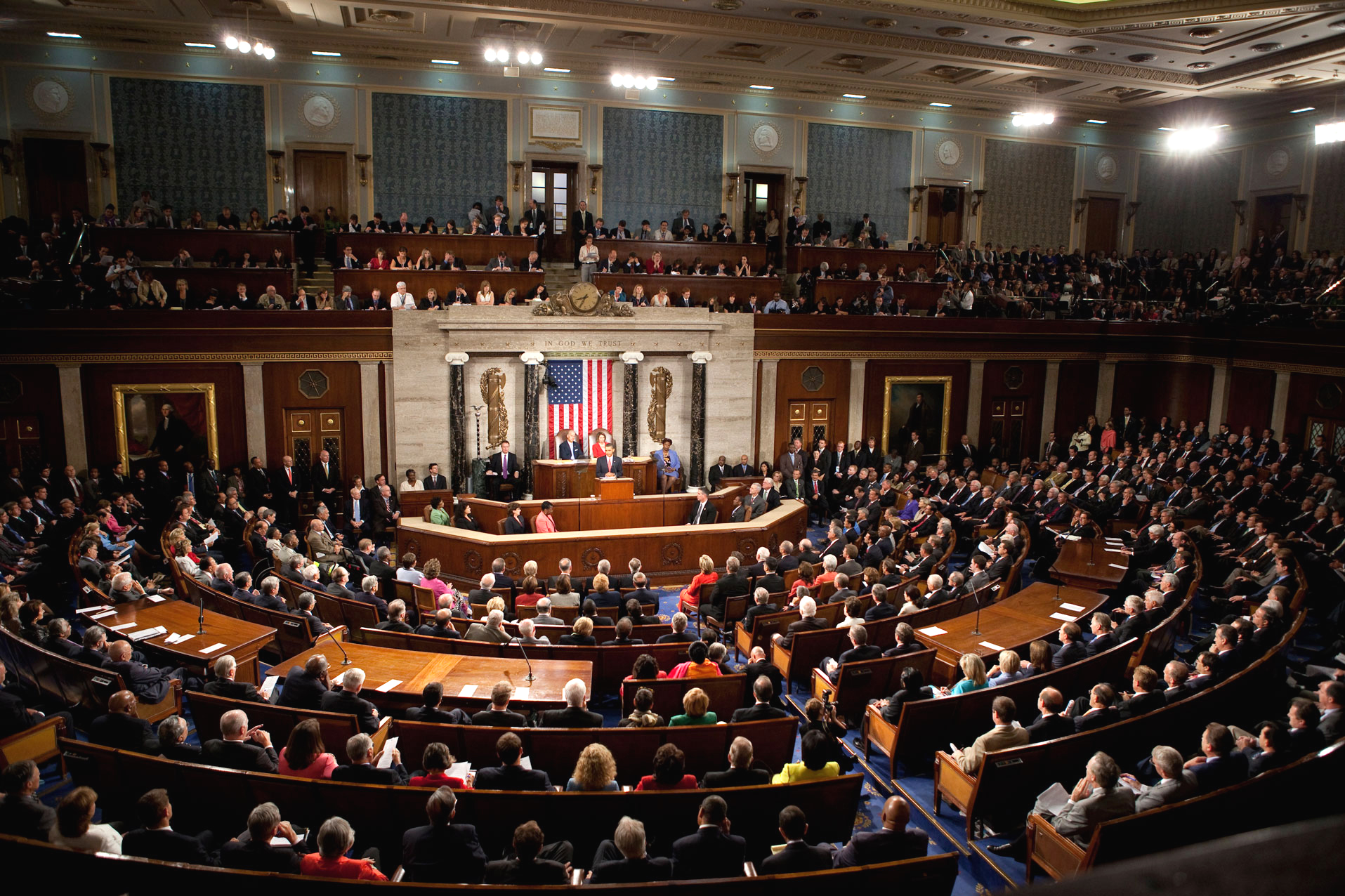
Image public domain
Just under the wire, leaders of the House Transportation and Infrastructure Committee and the Senate Commerce, Science, and Transportation Committee have announced they have “reached a bipartisan, bicameral agreement” on an FAA Reauthorization extension that will take them through another year to September 30, 2017.
Transportation and Infrastructure Committee Chairman Bill Shuster (R-PA); Transportation and Infrastructure Committee Ranking Member Peter DeFazio (D-OR); Commerce, Science, and Transportation Committee Chairman John Thune (R-SD); and Commerce, Science, and Transportation Committee Ranking Member Bill Nelson (D-FL) released the following joint statement:
We have reached an agreement on an FAA extension that provides much-needed stability for our aviation system through September 2017. This bill includes significant airport security reforms as well as critical aviation safety provisions and time-sensitive enhancements for air travelers. We look forward to sending this measure to the president before the July 15 expiration of the FAA’s current authorization. Recognizing that this is a year-long extension, we are also committed to working together on a longer-term reauthorization that includes other important reforms benefiting all passengers and Americans who depend on a safe aviation system.
While this further extension will give the FAA over a year of stability, it doesn’t address many of the issues that a more comprehensive bill offered – including, it appears, some of the strong wording around getting commercial drones integrated into the NAS.
The extension, it appears, will focus primarily on wildfires – how to use drones and how to keep them out; and on keeping rogue drones away from airports. While the full text is not yet available online, the released summary says that in addition to extending the FAA’s authorization and taxes – this is, at it’s essence, a tax bill – until September 30, 2017 the new program:
- Streamlines processes for approval and interagency cooperation to deploy unmanned aircraft during emergencies, such as disaster responses and wildfires.
- Prohibits unmanned aircraft users from interfering with emergency response activities, including wildfire suppression, and raises civil penalties to not more than $20,000 for those found in violation.
- Creates new processes to detect, identify, and mitigate unauthorized operation of unmanned aircraft around airports and critical infrastructure.
Other provisions are related to passenger safety and comfort, streamlining the process of hiring air traffic control officers, an further safety provisions related to manned aircraft. The controversial issues such as privatization of air traffic control are not included.
Source link
 Unmanned Aerial Vehicle The latest drone news
Unmanned Aerial Vehicle The latest drone news



